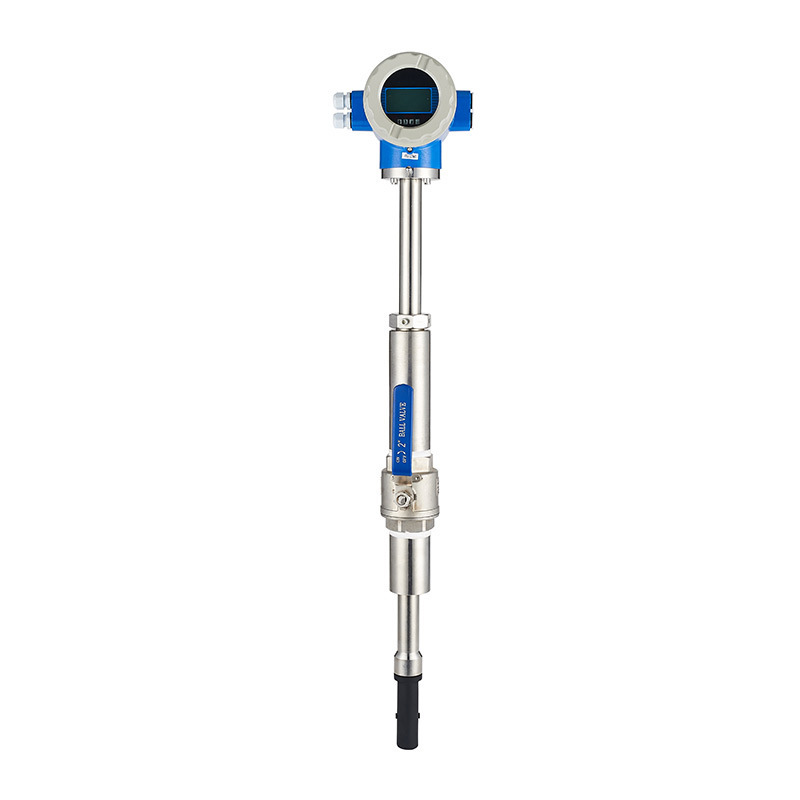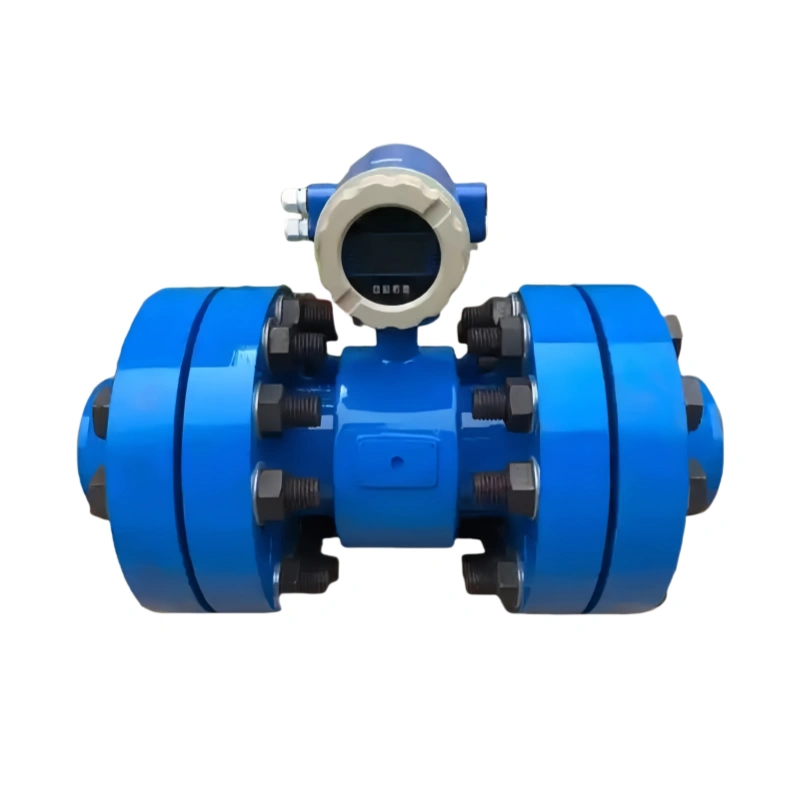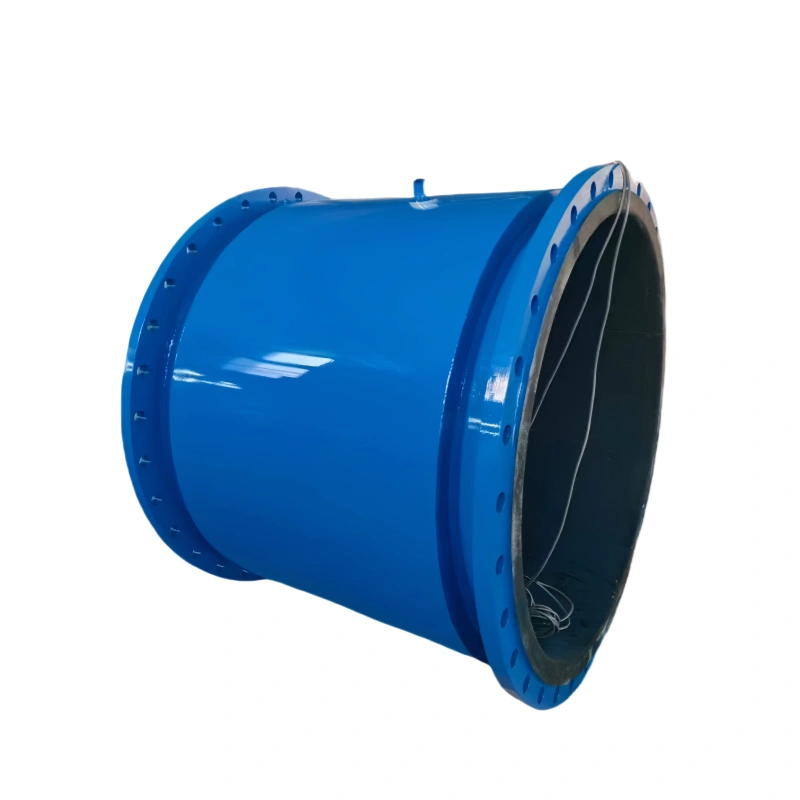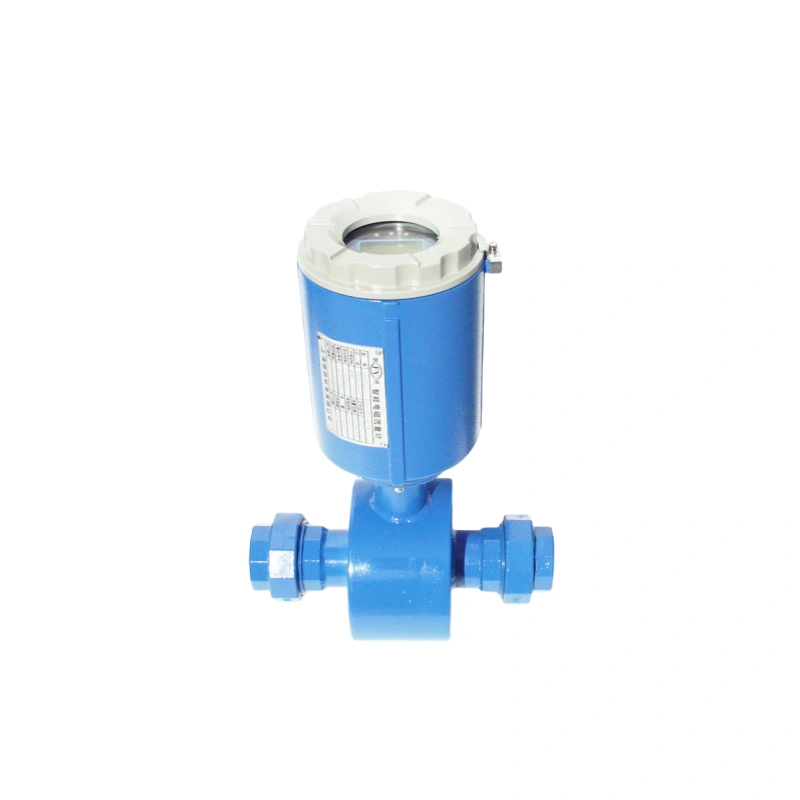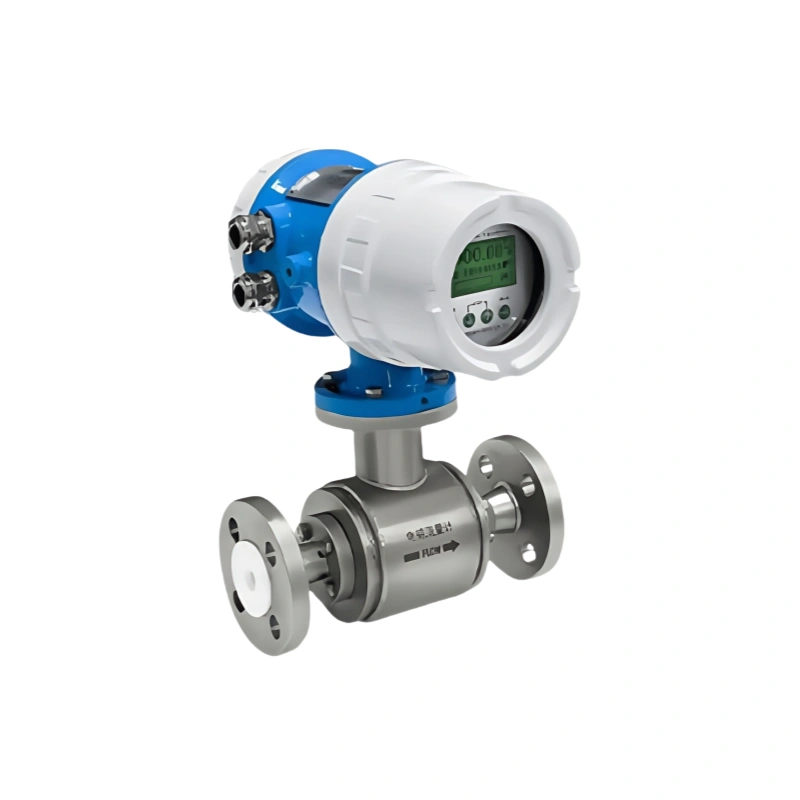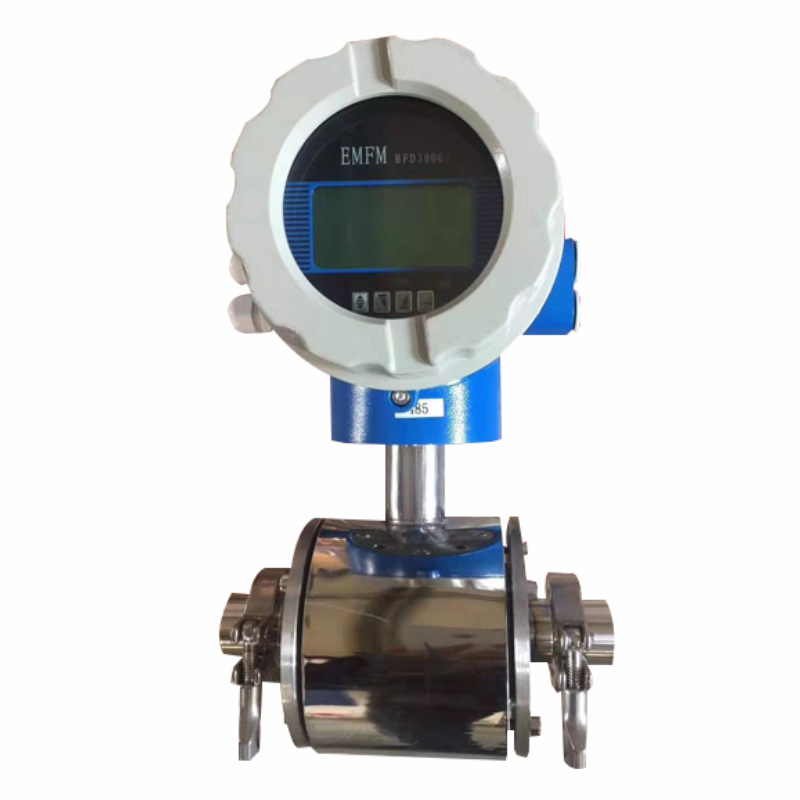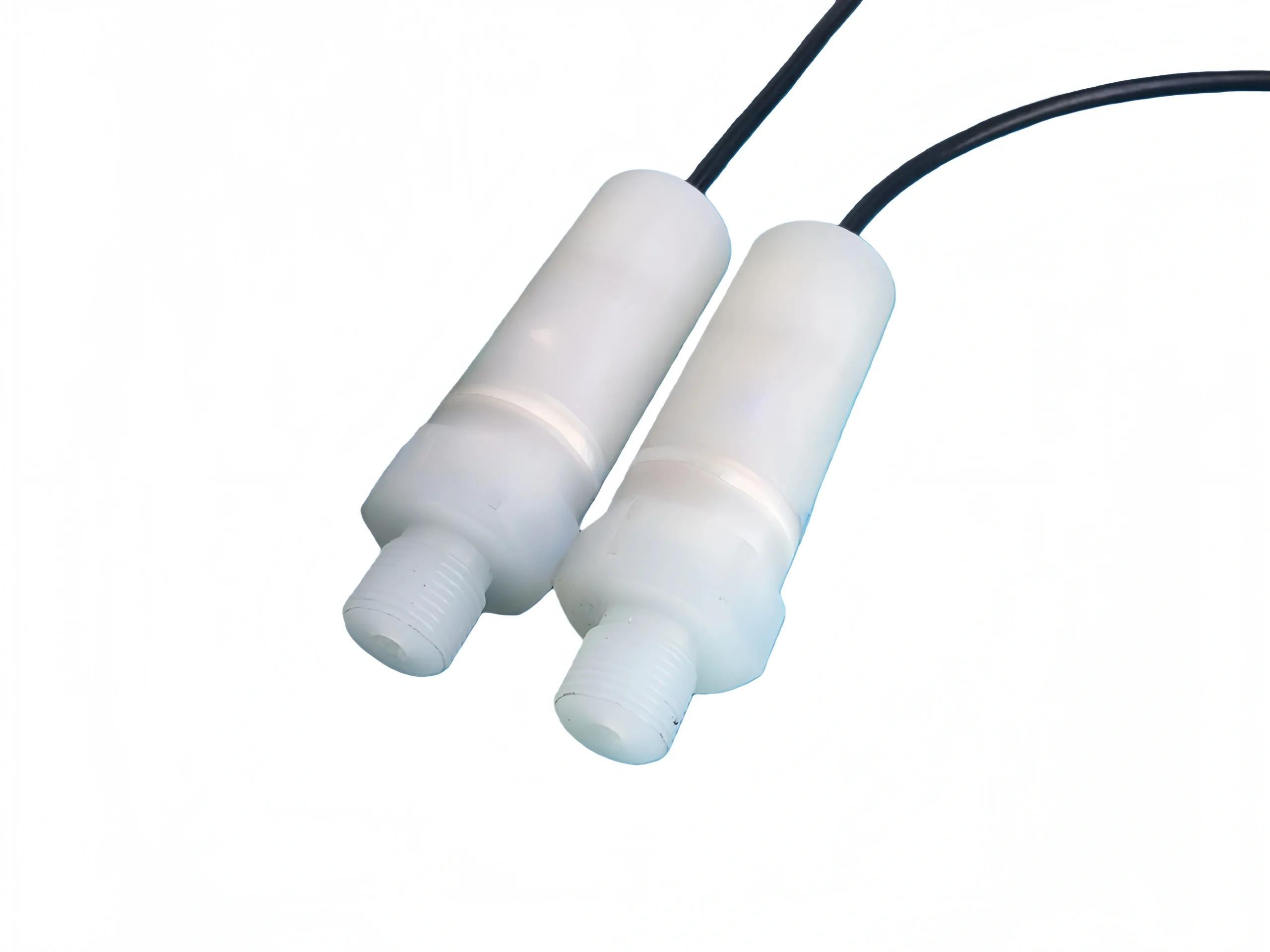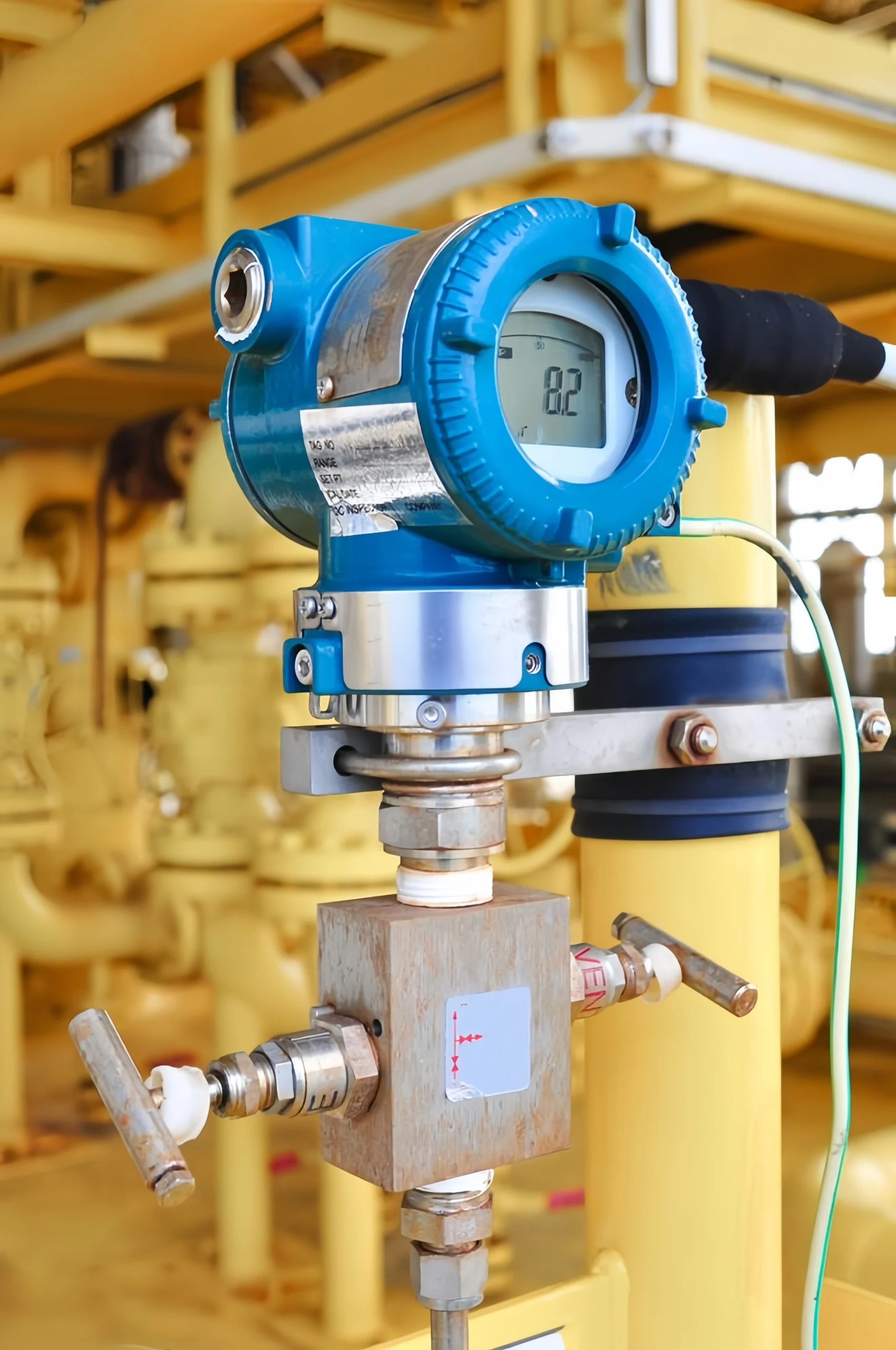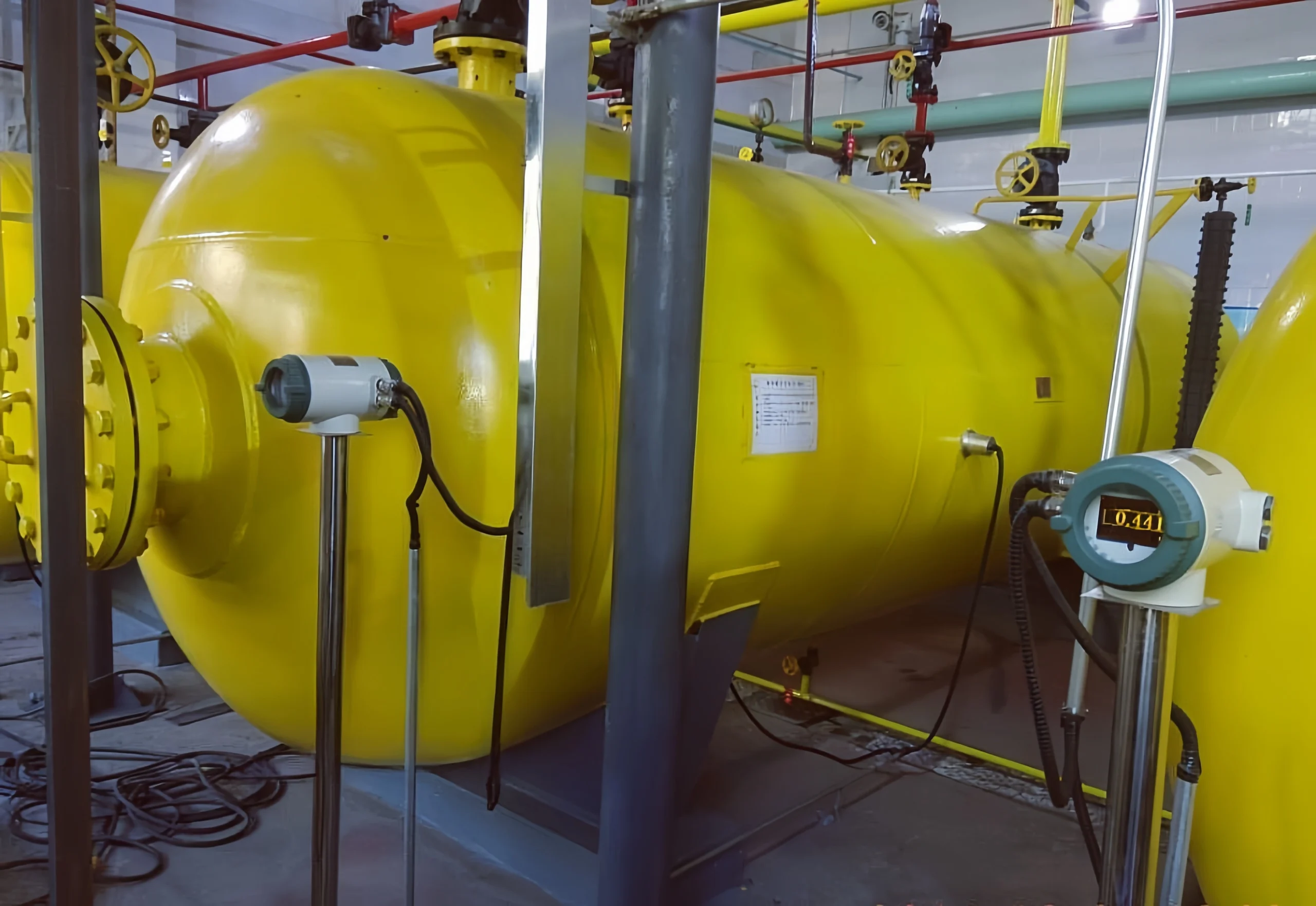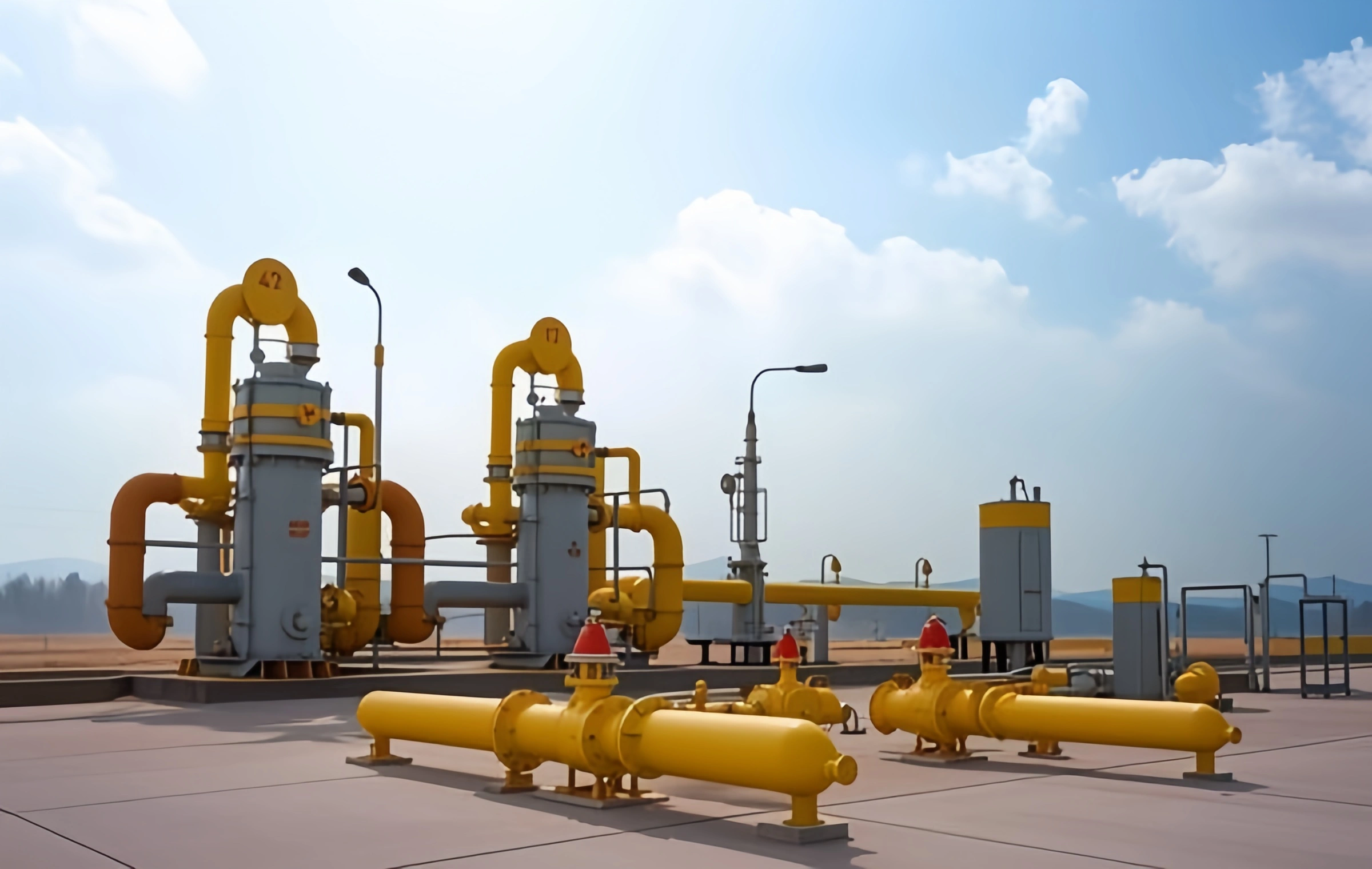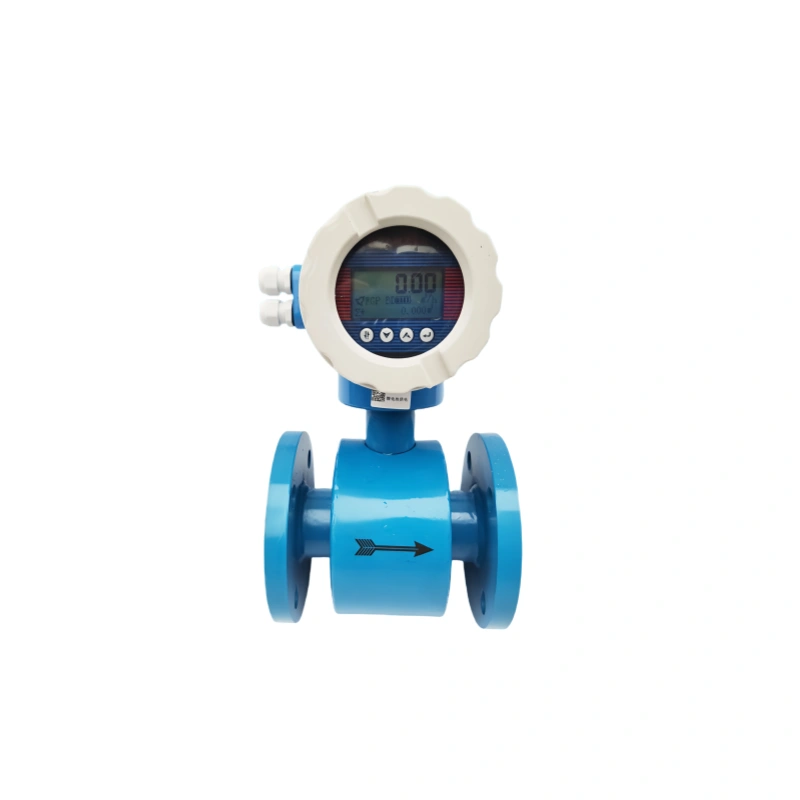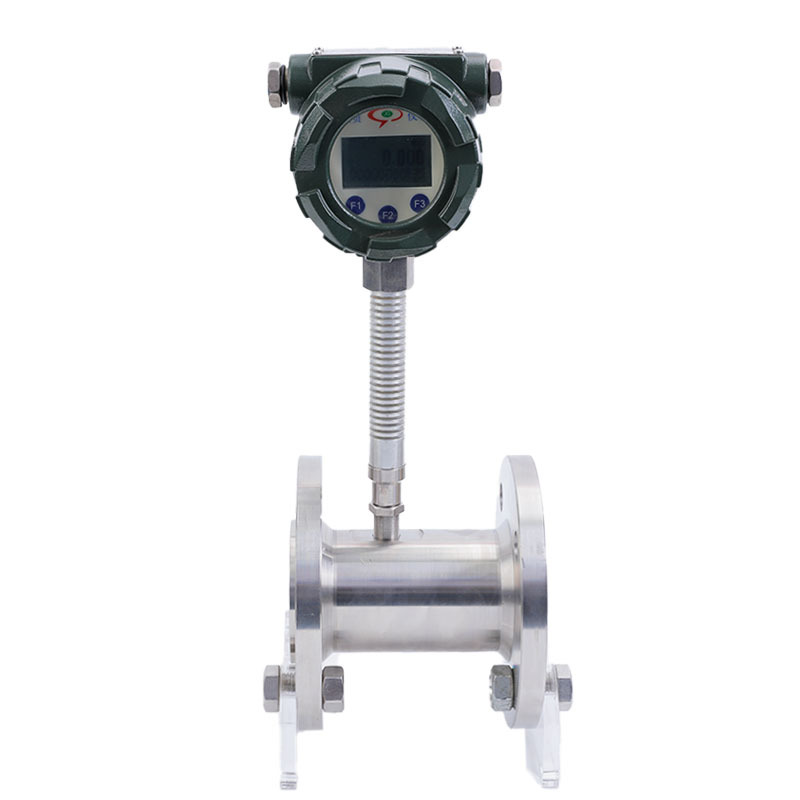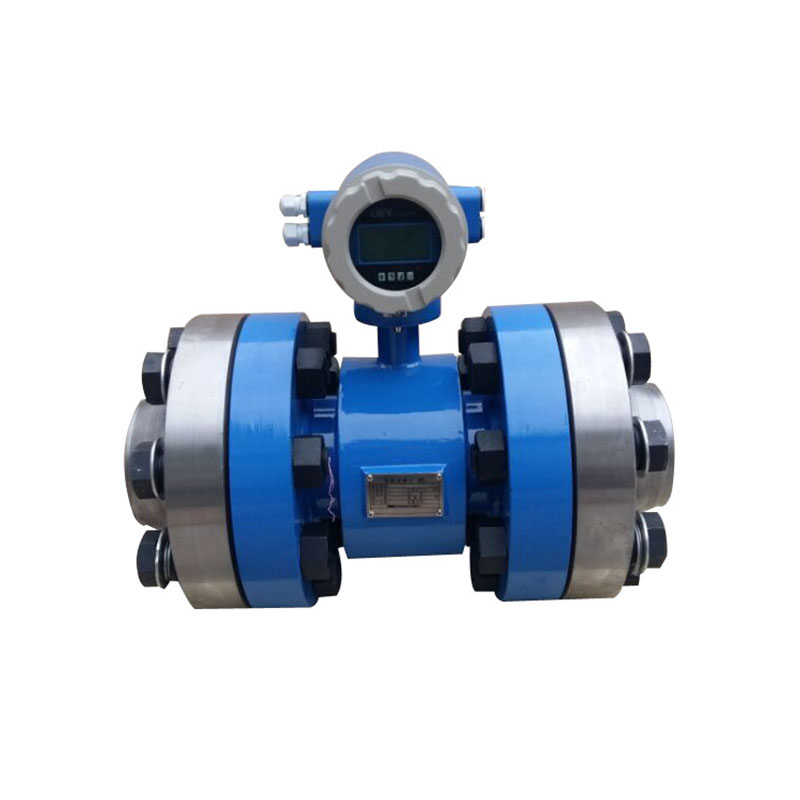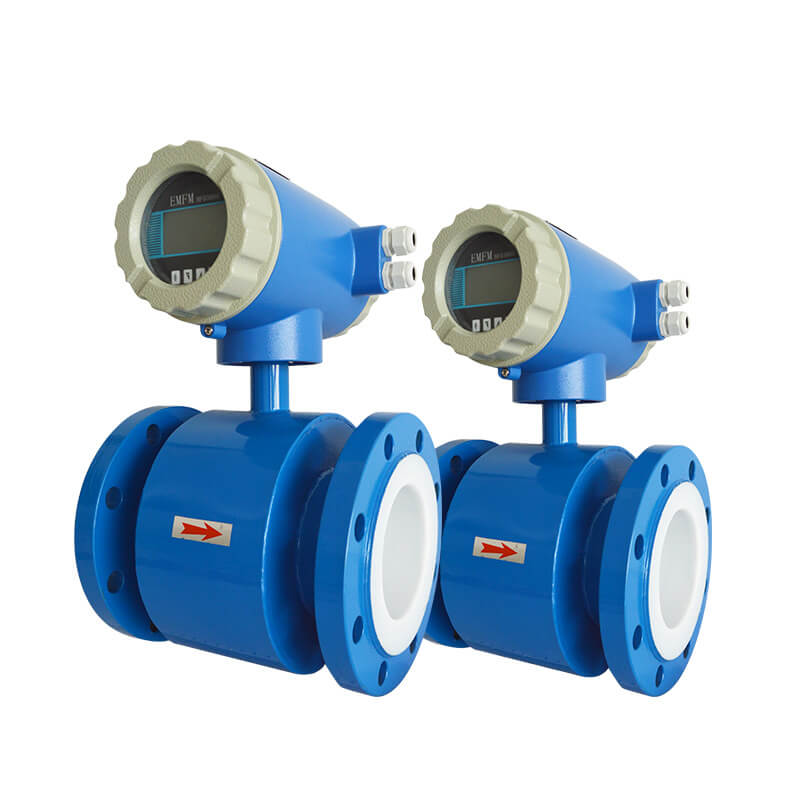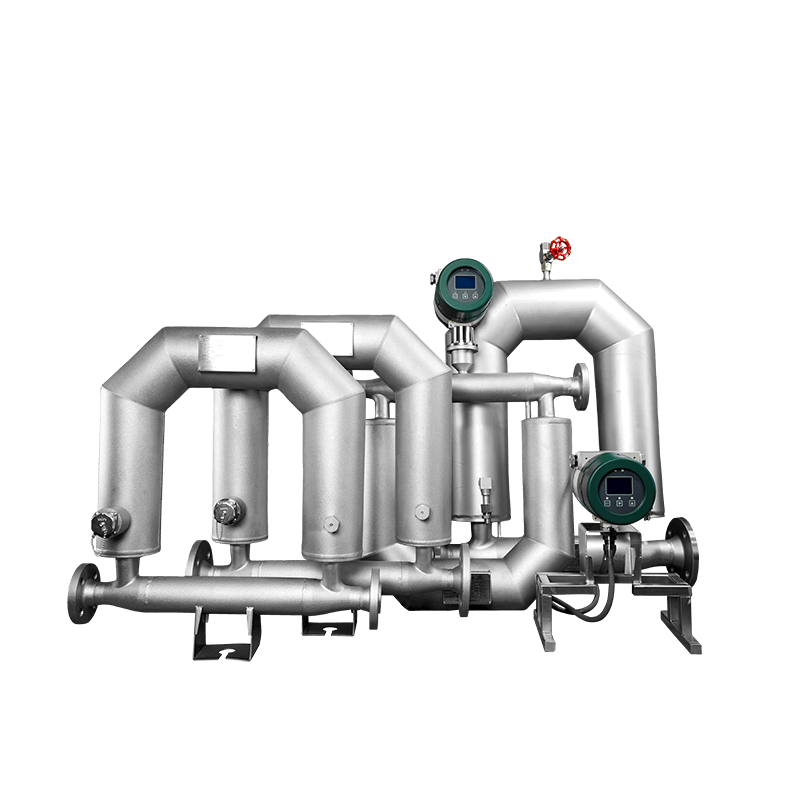Magnetic flow meters are commonly used for flow detection of various equipment. They are widely used in many production enterprises and manufacturing industries. Their measurement accuracy is often relatively high. In the process of long-term use, the sensor will also have errors and wear. To ensure accuracy and quality monitoring, regular calibration is required for maintenance.
This article will introduce the calibration and maintenance of magnetic flow meters
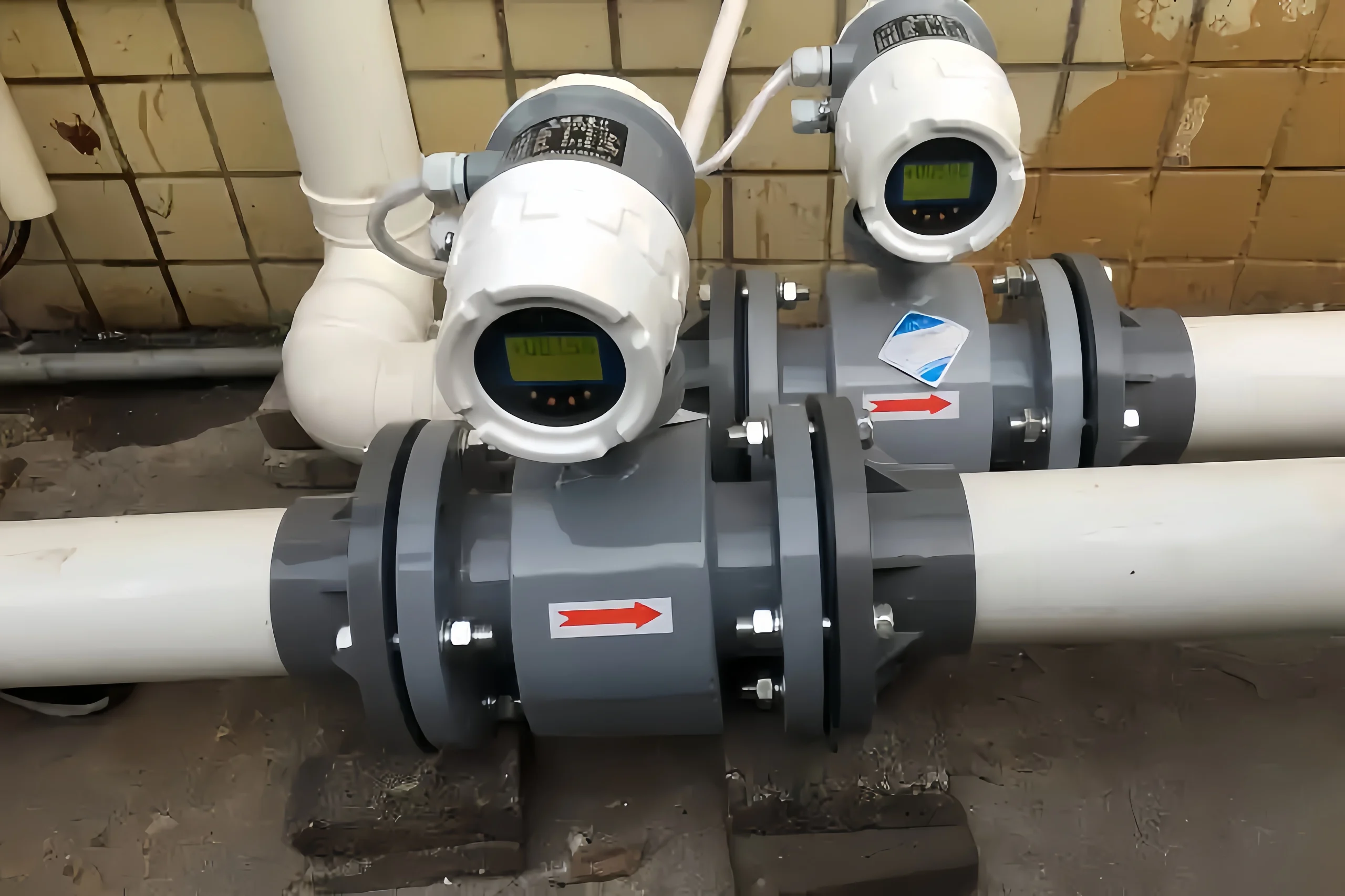
What is Flow Meter Calibration and Reference Standard?
Magnetic flow meter calibration is a process of comparing the measurement results of the flow meter with traceable international standards. Quantify its errors and adjust parameters. Ensure that the measured values meet the accuracy requirements.
The core purpose of calibration is to eliminate errors introduced by factors such as algorithm uncertainty, pipeline configuration, fluid characteristics (such as temperature, viscosity) and drift caused by long-term use.
International universal calibration standards and certification system
Magnetic flow meter calibration must follow a multi-level standard system. Ensure global mutual recognition:
1. Laboratory accreditation standards
ISO/IEC 17025:2017:
The core standard for calibration laboratories requires equipment traceability, uncertainty assessment and technical capability verification.
NVLAP (USA: An accreditation program managed by NIST to ensure that laboratories comply with ISO/IEC 17025. Proficiency verification is performed regularly.
2. Product performance standards
Accuracy level: According to GB/T 2624-2006 or ISO 8316, it is divided into 0.5 level (±0.5%), 1.0 level (±1.0%), and 1.5 level (±1.5%).
Repeatability requirement: The error does not exceed 1/3 of the basic error limit (such as the repeatability of the 0.5 level table ≤0.17%).
3. International mutual recognition framework
ILAC-MRA agreement:
Covering 56 countries and regions, the global mutual recognition of calibration certificates is achieved through institutions such as CNAS (China) and UKAS (UK).
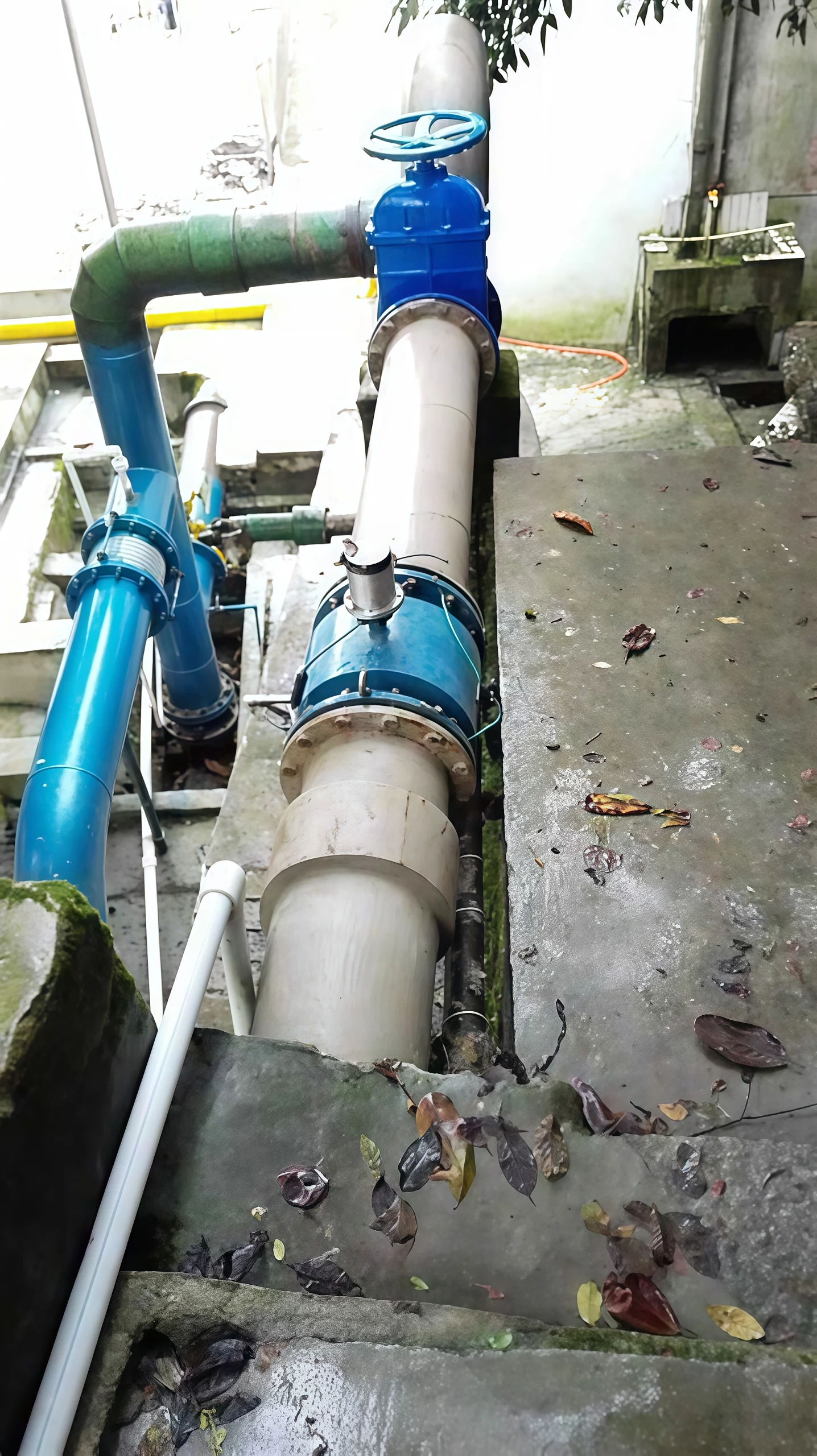
Why does a Magnetic Flow Meter Need Calibration?
Magnetic flow meter calibration has many benefits. We need to calibrate magnetic flow meters regularly to maintain the normal operation of the equipment. The following are the reasons for regular calibration of magnetic flow meters:
• Ensure measurement accuracy:
Long-term use may cause some minor deviations. Regular calibration helps to detect and correct these deviations on time.
• Comply with industry standards:
In some industries, regular calibration is a requirement of laws, regulations or quality standards. Ensure the traceability and compliance of the production process.
• Reduce failure rate:
Regular calibration can help detect potential failures or performance problems. Avoid equipment working in an inaccurate state for a long time. Reduce maintenance costs and failure risks.
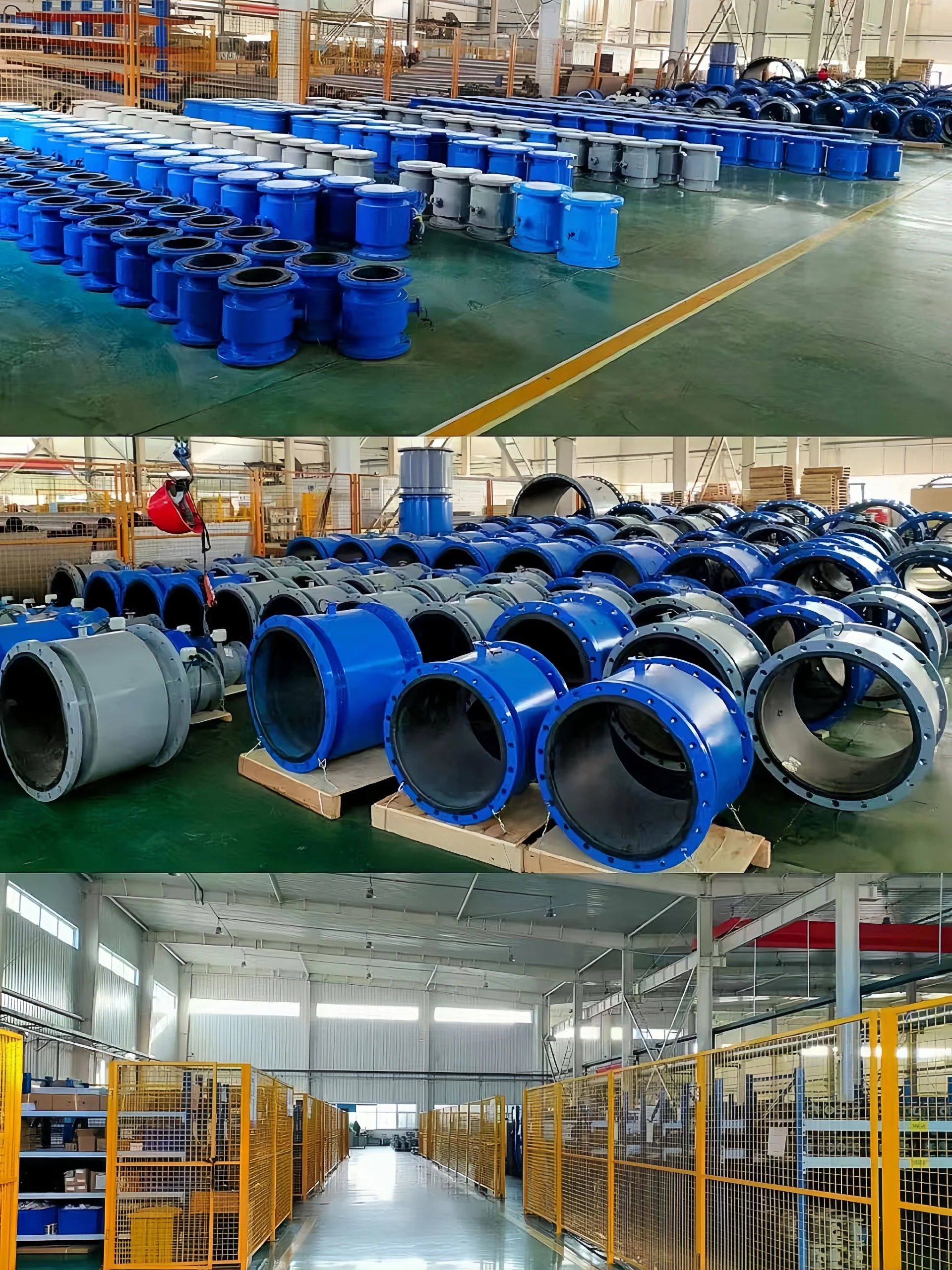
Sino-Inst Featured Products
Magnetic Flow Meter Calibration Procedure
At present, the commonly used methods for calibration of magnetic flow meters are the general method and the clamp-on ultrasonic flow meter calibration method. The clamp-on ultrasonic flow meter calibration method is also called the non-contact measurement method.
Clamp-on ultrasonic flow meter has the advantage of on-site calibration. such as no flow interruption, no pipe cutting, and no influence of the temperature, pressure, and density of the measured fluid. The clamp-on ultrasonic flow meter is clamped on the measured flow meter pipeline. The metering characteristics of the flow meter under test are determined by comparing the cumulative flow errors of the two flow meters.
General method for magnetic flow meter calibration:
- Carry out verification tests based on the pipeline aperture and flow rate, and select the corresponding pump.
- After the flow meter is installed, it must be calibrated according to the measurement calibration specifications. Power on and preheat for 30 minutes.
- Before the actual calibration begins. Ensure that the flow meter sensor to be tested is filled with the calibration medium. Then close the downstream valve and reset to zero.
- If a high-level water tank is used, be sure to check whether there is an overflow signal in the buffer tower. Before the actual test, the test medium should circulate in the pipeline system for a certain time in accordance with the requirements of the calibration specifications. At the same time, check the leakage of each sealing part in the pipeline.
- At the beginning of the test, open the front valve first. Then, slowly open the valve behind the flow meter to be tested. Adjust the flow at the calibration point.
- In the calibration phase of the flow meter, according to the provisions of the flow method, the flow stability performance of each flow point must be maintained within the range of 1%-2%. The total amount rule is normal within the range of 5%. In the identification process, the temperature fluctuation of the identification medium cannot exceed 1°C. And the complete detection cannot exceed 5°C.
- After the measurement and calibration are completed, you can turn off the front valve first. Then turn off the water pump. Avoid damage to the pressure stabilizing device due to emptying. At the same time, the remaining test medium in the test pipeline must be emptied, and then the control system and air compressor are turned off.
Clamp-on ultrasonic flow meter calibration method
- First, prepare an ultrasonic flow meter.
- Check whether the key parameter input that affects the measurement accuracy built into the flow meter converter is correct.
- Ask the staff about their daily flow rate.
- Observe and calculate the average flow rate of the flow meter over some time.
- According to the big data compared with the standard table in the laboratory standard device.
- Input the calibration coefficient, outer diameter, wall thickness and other parameters of the standard table. And the flow meters to be tested are similar in diameter and flow rate.
- According to the on-site measurement input of the flow meter online operation instructions.
- The cumulative flow method is used to calculate the indication error.
- Read the cumulative flow values of the standard table and the meter to be tested for a certain period three times as the standard value of the standard table and the indication of the flow meter to be tested. And each measurement time is 30 minutes.
- If conditions permit or the flow rate changes greatly within a day, three flow points with obvious differences can be measured.
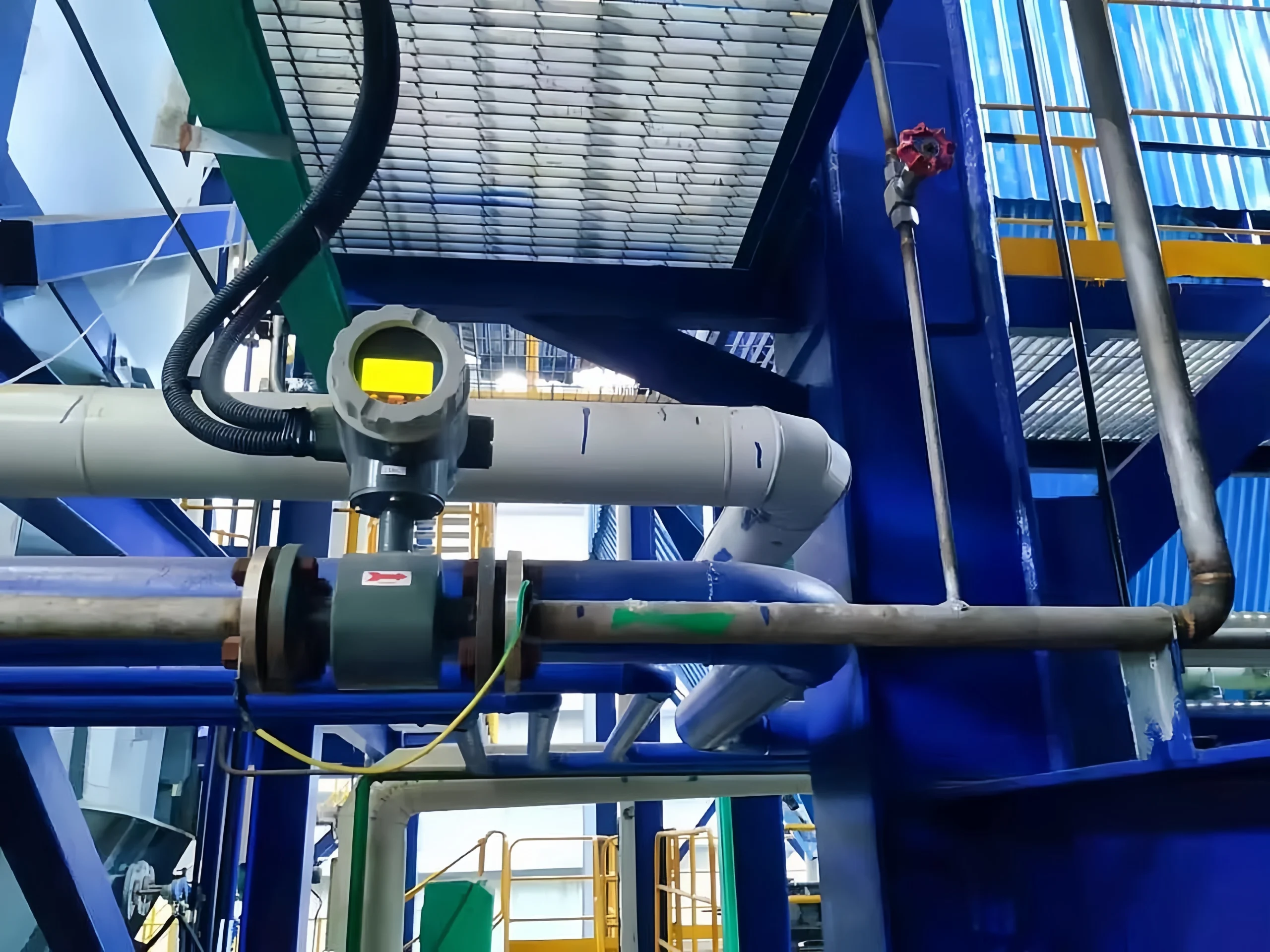
How Often Do You Need to Calibrate a Magnetic Flow Meter?
The calibration cycle depends on multiple factors. including the application environment, fluid properties, frequency of use of the equipment, and the requirements for measurement accuracy. Generally speaking, the calibration of magnetic flow meters does not need to be performed frequently. To ensure its long-term accuracy and stability, regular calibration is still necessary.
1. Regular calibration cycle: once a year
For most industrial applications, magnetic flow meters are generally recommended to be calibrated once a year. Because the measurement principle of the magnetic flow meter (based on Faraday’s law of magnetic induction) makes it relatively stable under normal use. But due to factors such as environmental changes, changes in fluid composition or equipment aging. Regular calibration can ensure measurement accuracy.
2. Precision application calibration cycle: once every six months or as needed
For those industries with high accuracy requirements. such as pharmaceuticals, food and beverages, semiconductors, etc. Need calibrated every six months or more frequently according to specific working conditions. The production processes in these industries usually have high requirements for flow accuracy. Therefore, to ensure production quality and process stability. The frequency of calibration needs to be increased.
3. Extreme environment or high-frequency use: every three months or according to conditions
If the magnetic flow meter is used in harsh environments, highly corrosive conditions or conditions with highly variable fluids. Or the equipment works frequently and has a large load (such as sewage treatment plants, large chemical equipment, etc.). It is recommended to calibrate every three months. Or according to the working conditions of the equipment. Ensure that accurate flow data can still be obtained under harsh conditions.
Factors affecting the calibration cycle
1. Changes in the conductivity of the liquid
2. The presence of solid particles or impurities in the fluid
3. Equipment aging and damage
4. Changes in the installation environment
5. Required measurement accuracy
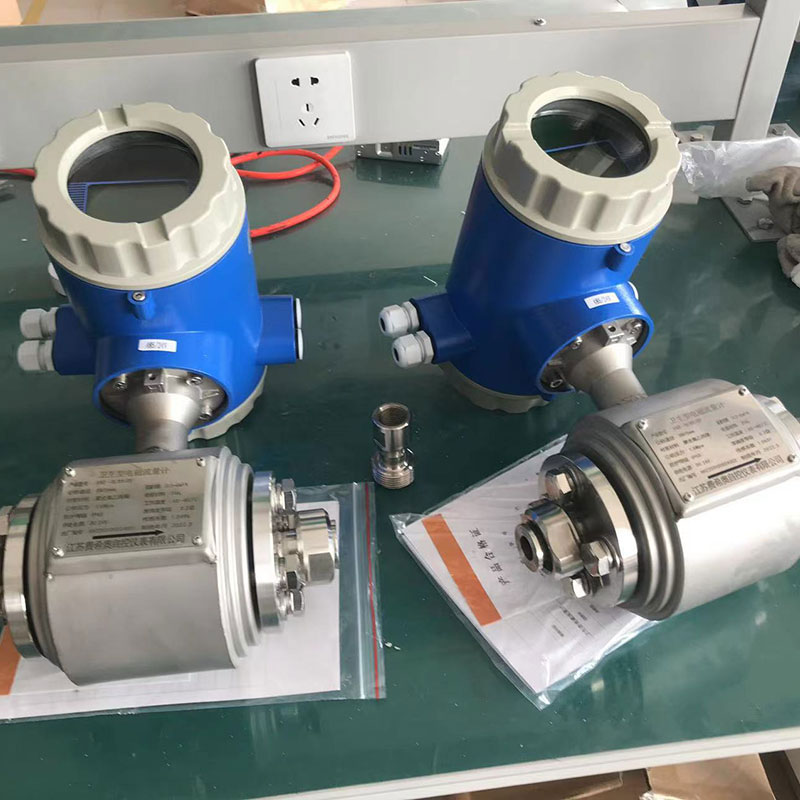
Magnetic Flow Meter Maintenance
When measuring the flow of liquid or gas, the intensity of the current is proportional to the flow rate of the fluid. As the equipment’s usage time increases, some failures may occur, such as signal interference, electrode corrosion, sensor contamination, etc. These problems directly affect the accuracy of the flow meter. So, they need to be tested and maintained on time.
1. Regular calibration
The accuracy of the magnetic flow meter depends on its regular calibration. To ensure the reliability of the measurement data, calibration should be carried out according to the cycle recommended by the manufacturer. Regular calibration can effectively detect potential errors. Ensure the measurement accuracy of the equipment.
2. Clean and inspect electrodes
Electrodes are one of the important parts of magnetic flow meters. As the material accumulates in the fluid, the electrodes may be contaminated. Result in measurement errors. Therefore, it is necessary to clean the electrode regularly. Ensure that its surface is smooth and avoid dirt from affecting its measurement ability.
3. Check the wiring of the instrument and power supply
The wiring part of the electromagnetic flow meter is also a region that is prone to failure. Especially in high-humidity or high-temperature environments.
Check if the wiring is loose. Is the power supply stable? Avoid failure of the flow meter due to poor contact or power fluctuations.
4. Fluid selection and installation environment
Magnetic flow meters have certain requirements for the type and flow state of fluids. Using fluids that do not meet the requirements or improper installation will affect their performance. Ensure the selection of fluids meets the technical requirements of the magnetic flow meter. Check whether the installation environment meets the standards.
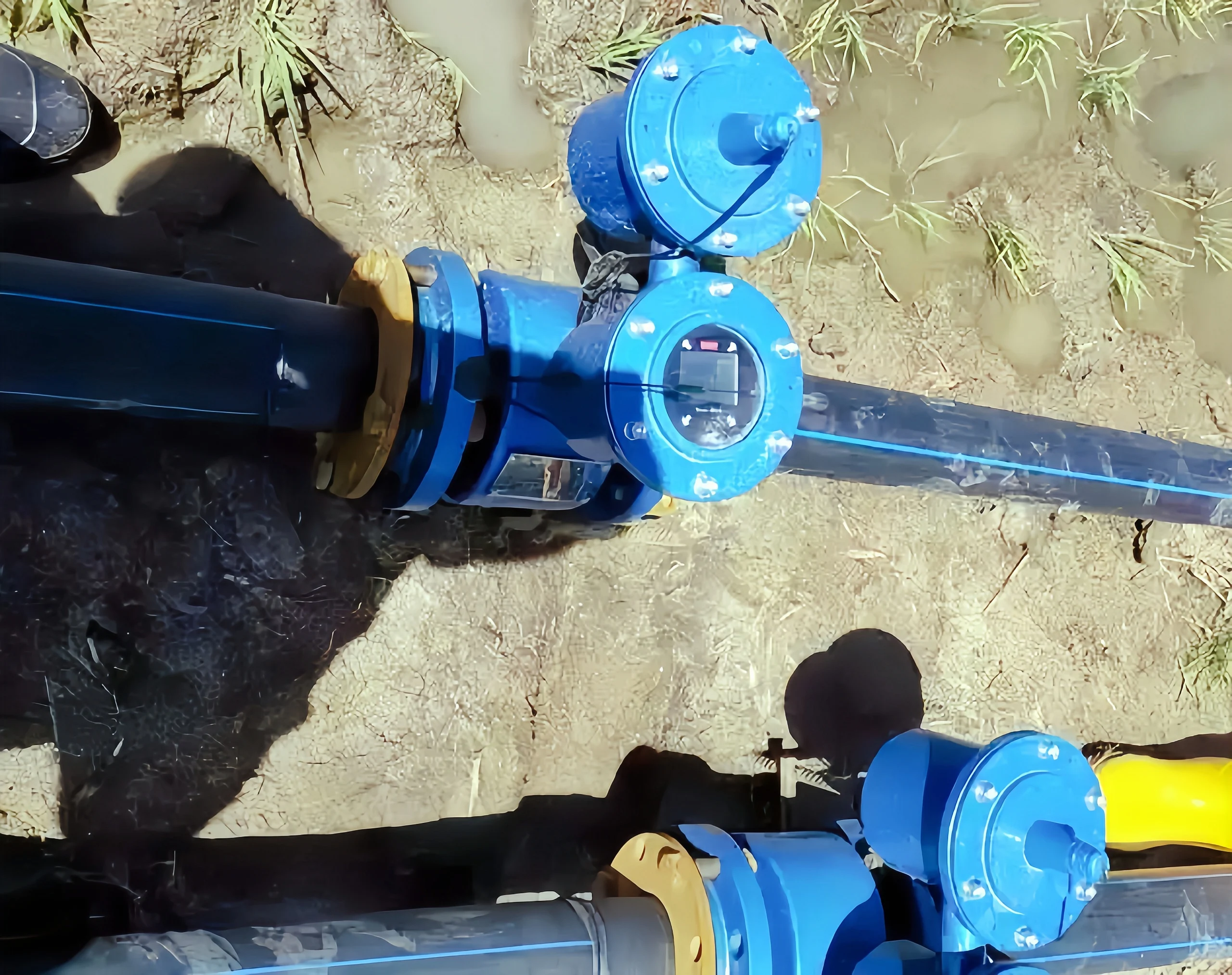
What is the Law of a Magnetic Flow Meter?
A magnetic flow meter is an instrument that measures the volume flow of conductive liquids.
A magnetic flow meter is a flow meter that measures flow based on Faraday’s law of electromagnetic induction. It has a large measurable flow range. The ratio of the maximum flow to the minimum flow is generally more than 20:1. It applies to a wide range of industrial pipe diameters. The maximum can reach 3m, and the output signal is linearly proportional to the measured flow. It can measure the flow of acids, alkalis, salt solutions, water, sewage, corrosive liquids, and mud, as well as ore pulp, with a conductivity of ≥ 5 μS/cm.
Which Liquid Cannot be measured by the Magnetic Flow Meter?
Liquids containing a large amount of gas:
When the liquid contains a large amount of gas, the liquid in the measuring tube may not be filled due to insufficient back pressure or improper installation of the magnetic flow sensor. Affect the normal operation of the magnetic flow meter. Increase the measurement error, Fail to obtain accurate measurement results.
Non-conductive or poorly conductive liquids:
The working principle of the magnetic flow meter requires that the measured medium must have a certain conductivity. Generally, the conductivity of the medium needs to be greater than 10μS/cm for effective measurement. For non-conductive or poorly conductive liquid media, such as deionized water, ultrapure water, and certain organic solvents. The magnetic flow meter may not be able to perform effective measurements.
Steam:
Steam is a gaseous medium that does not have conductivity, so the electromagnetic flow meter cannot measure it.
In addition, although the magnetic flow meter can measure some corrosive liquids. However, for some highly corrosive or special physical and chemical properties of the medium, it may be necessary to select a magnetic flow meter with corresponding corrosion resistance and high temperature resistance. If the corrosiveness of the medium is too strong or the temperature is too high, it may also exceed the measurement range of the magnetic flow meter. Resulting in ineffective measurement.
How to Tell if a Liquid is Conductive?
Electric conductivity is a digital representation of the ability of a solution to conduct an electric current. The conductivity of pure water is very small. When the water contains inorganic acids, bases, salts or organic charged colloids, the conductivity increases.
Conductivity is often used to indirectly infer the total concentration of charged substances in water. The conductivity of aqueous solutions depends on the nature and concentration of charged substances, the temperature and viscosity of the solution, etc.
In short, the magnetic flow meter is a complex and precise instrument. This article introduces the calibration and maintenance of magnetic flow meters in detail.
Sino-Inst is a professional instrument measurement expert. If you need to measure flow and are struggling to choose which flow meter to use. Please leave this complex problem to us. We will recommend a suitable measurement solution for you free of charge.

